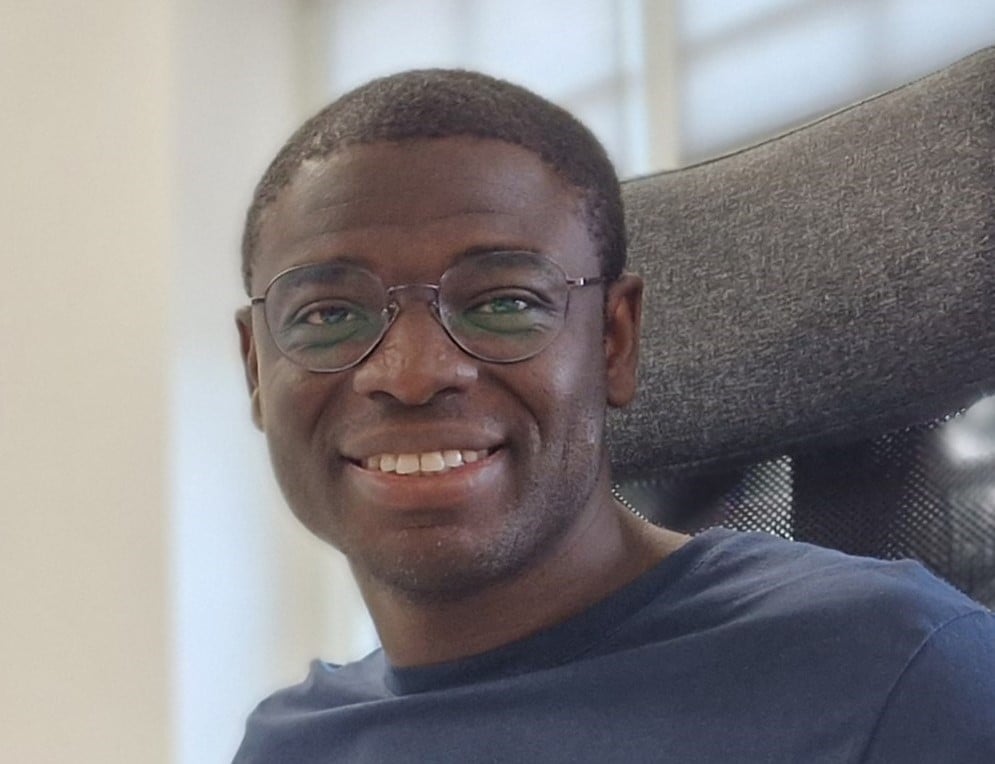Both, traditional inorganic semiconductors like silicon (Si) and indium gallium arsenide (InGaAs), and Senorics’ organic semiconductors are used in optoelectronics and yet there are several major differences between them. While silicon and indium gallium arsenide have been used in optoelectronics for decades, Senorics’ organic semiconductors are still new to the market and promise to offer an alternative to existing solutions. In this article we will explore the pros and cons of each type of semiconductor.
InGaAs: What is it and what are its pros and cons?
As the name suggests, indium gallium arsenide is an alloy of indium arsenide and gallium arsenide. It is an inorganic semiconductor that is mostly used in the field of optoelectronics. InGaAs is especially useful in the near-infrared (NIR) region as it can be used as a photodetector, typically in a range of 900-1700nm.
Advantages of InGaAs are the broad detection range and a high sensitivity in the NIR range. The range can even be extended up to 2500nm by carefully adjusting the ratio of compounds of indium gallium arsenide or by including further materials like phosphorus (P). Often these alloys are referred to as “Extended InGaAs”.
A disadvantage of InGaAs is that indium is a very rare material. Furthermore, the production process involves complex manufacturing techniques and there is a high demand for purity. In general, the growth of defect free InGaAs crystals with the desired properties can be challenging. Due to these reasons, indium gallium arsenide photodetectors are very expensive.
Silicon: What is it and what are its pros and cons?
Silicon (Si) is an inorganic semiconductor that is used for various applications and the most important material when it comes to modern electronics. Compared to InGaAs it is an abundant material and due to its frequent use, manufacturing processes are highly mature. This reduces the associated cost and makes silicon a more affordable alternative to InGaAs. However, silicon is only of limited use for NIR spectroscopy due to limitations in the detection range, which only reaches up to 1100nm.
 Prism dispersing light just like a dispersive element in optical spectroscopy © [miladrumeva] / Adobe Stock
Prism dispersing light just like a dispersive element in optical spectroscopy © [miladrumeva] / Adobe Stock
How does spectroscopy based on InGaAs and silicon work?
All optical spectrometers share common core elements:
- The (photo-)detector, i.e. the optoelectronic device which detects the light of different wavelengths. Typically, it is either made of silicon or InGaAs and defines the wavelength range in which a spectrum can be recorded.
- A light source to illuminate the sample.
- A dispersive element, such as a diffraction grating, to achieve wavelength selectivity.
Besides some technical differences (e.g. the choice of the light source), InGaAs and silicon-based spectrometers work the same way.
Senorics novel technology: How it works and how it’s different to alternative methods
Senorics NIR technology is based on organic semiconductors. The term “organic” stems from chemistry and encompasses material compounds made primarily from carbon. The properties of these materials can be specifically tuned for certain applications by modifying the molecular structure. Further, they are derived from abundant sources. The low amount of material needed for fabrication makes organic semiconductors a very cost-effective technology.
Additionally, Senorics’ handheld devices don’t require a dispersive element like conventional spectrometers do, a big advantage as it allows for very small & robust spectrometers. Senorics’ sensors cover a range of up to 1700nm, making it on par with InGaAs sensors in this regard.
 Senorics’ novel handheld device placed on a conventional spectrometer
Senorics’ novel handheld device placed on a conventional spectrometer
Sustainability as an important factor
Senorics’ novel sensor solution based on organic electronics offers a sustainable alternative for industry applications. The production of the miniaturized chips is energy-efficient, and the used organic electronic materials are non-toxic. Additionally, 90% of the used materials are sourced from German producers, which ensures short procurement routes. These benefits stand in clear contrast to most competing sensor technologies.
- Organic semiconductors are derived from abundant material sources
- Energy efficiency during production due to very low processing temperatures
- Organic semiconductors are thin-film devices, and 1 gram of material is enough to cover a full square meter of detector area, meaning that overall, only a small amount of material is needed
Through the use of carbon-based organic materials, Senorics ensures a superior ecological footprint which aligns with the Sustainable Development Goals of responsible consumption and production and climate action.
For applications that demand high accuracy in terms of wavelength resolution, benchtop devices based on silicon or indium gallium arsenide sensors take the lead. But the low cost and a detection range of up to 1700nm makes Senorics' technology the best choice for Material Sensing applications for the mass market.
If you have any questions regarding our technology, leave us a comment and we will get back to you as soon as possible.




